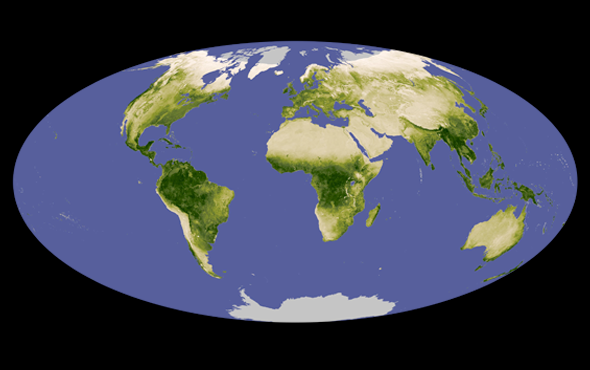MOROCCO
A single-file line of traveling trilobites, all facing the same direction, were caught in a sediment avalanche 480 million years ago. Scientists uncovered the ancient arthropods in a formation they described as similar to modern-day migrating spiny lobsters.
U.S.
Alaska’s northern fur seals are gathering in large numbers on Bogoslof Island, the tip of an active volcano that last erupted in 2017. More than 36,000 pups may have been born on the island in 2019, amid mud-spewing geysers.
ANTARCTICA
An iceberg larger than the Hawaiian island of Oahu split from Antarctica’s Amery Ice Shelf, an event that happens every 60 to 70 years, scientists say. This time, satellite images provided real-time views of the breakup.
ISRAEL
Researchers found that inhabitants of central Israel’s Qesem Cave more than 200,000 years ago likely saved deer leg bones for up to nine weeks to eat bone marrow. This could be the earliest known instance of prehistoric humans storing food for later.
IRAN
After lingering for months in areas with no cell service, an eagle electronically tracked by Russian scientists flew over Iran, suddenly sending a long backlog of texts with coordinate information—and incurring overwhelming phone bills for the research project.
CONGO
The Congolese giant toad’s shape and color scheme imitate the Gaboon viper’s head, researchers found, in the first known case of a toad mimicking a dangerous snake. Its alter ego has the longest fangs and most venom of any known snake species.

